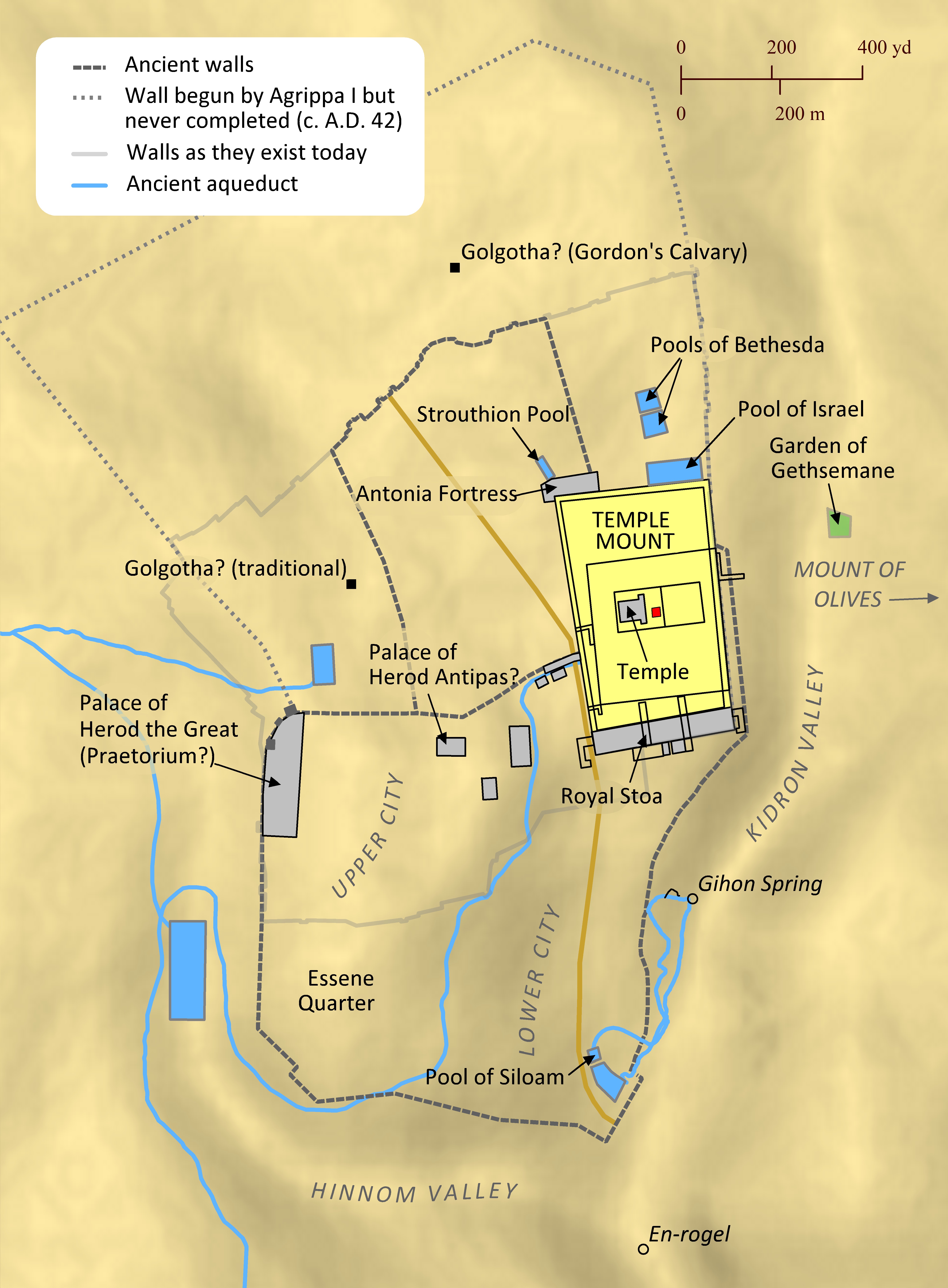Note: This view shows ‘verses’ which are not natural language units and hence sometimes only part of a sentence will be visible—click on any Bible version abbreviation down the left-hand side to see the verse in more of its context. Normally the OET discourages the reading of individual ‘verses’, but this view is only designed as a tool for doing comparisons of different translations—the older translations are further down the page (so you can read up from the bottom to trace the English translation history). The OET segments on this page are still very early looks into the unfinished texts of the Open English Translation of the Bible—please double-check these texts in advance before using in public.
AICNT Wherever the corpse is, there the vultures will gather.
OEB Wherever a dead body lies, there will the vultures flock.
WEBBE For wherever the carcass is, that is where the vultures[fn] gather together.
WMBB (Same as above including footnotes)
NET Wherever the corpse is, there the vultures will gather.
LSV for wherever the carcass may be, there the eagles will be gathered together.
FBV ‘Vultures gather where the carcass is.’
TCNT [fn]For where the carcass is, there the vultures will be gathered together.
T4T When I return, it will be as obvious to everyone as the fact that wherever you see vultures gathering, you know that there will be an animal carcass [MET] there. (OR, Just like the vultures gather together wherever there is an animal carcass, God will punish sinful people wherever they are.)”
LEB Wherever the corpse is, there the vultures will gather.
BBE Wherever the dead body is, there will the eagles come together.
Moff Wherever the body lies,
⇔ there will the vultures gather.
Wymth Wherever the dead body is, there will the vultures flock together.
ASV Wheresoever the carcase is, there will the eagles be gathered together.
DRA Wheresoever the body shall be, there shall the eagles also be gathered together.
YLT for wherever the carcase may be, there shall the eagles be gathered together.
Drby [For] wherever the carcase is, there will be gathered the eagles.
RV Wheresoever the carcase is, there will the eagles be gathered together.
(Wherever the carcass is, there will the eagles be gathered together. )
SLT For wherever be the fall, there will the eagles be gathered together.
Wbstr For wherever the carcass is, there will the eagles be collected.
KJB-1769 For wheresoever the carcase is, there will the eagles be gathered together.
( For wherever the carcass is, there will the eagles be gathered together. )
KJB-1611 For wheresoeuer the carkeise is, there will the Eagles bee gathered together.
(Modernised spelling is same as from KJB-1769 above, apart from capitalisation)
Bshps For whersoeuer a dead carkas is, euen there wyll the Egles also be gathered together.
(For wherever a dead carkas is, even there will the Eagles also be gathered together.)
Gnva For wheresoeuer a dead carkeis is, thither will the Egles be gathered together.
(For wherever a dead carcass is, thither/there will the Eagles be gathered together. )
Cvdl For where so euer a deed carcase is, there wyl the Aegles be gathered together.
(For where so ever a deed carcass is, there will the Eagles be gathered together.)
TNT For wheresoever a deed karkas is even thyther will the egles resorte.
(For wherever a deed karkas is even thither/there will the egles resorte. )
Wycl Where euer the bodi schal be, also the eglis schulen be gaderid thidur.
(Where ever the body shall be, also the eagles should be gathered thither/there.)
Luth Wo aber ein Aas ist, da sammeln sich die Adler.
(Where but a Aas is, there collect itself/yourself/themselves the eagle(s).)
ClVg Ubicumque fuerit corpus, illic congregabuntur et aquilæ.
(Ubicumque has_been body, there they_will_gather and aquilæ. )
UGNT ὅπου ἐὰν ᾖ τὸ πτῶμα, ἐκεῖ συναχθήσονται οἱ ἀετοί.
(hopou ean aʸ to ptōma, ekei sunaⱪthaʸsontai hoi aetoi.)
SBL-GNT ⸀ὅπου ἐὰν ᾖ τὸ πτῶμα, ἐκεῖ συναχθήσονται οἱ ἀετοί.
(⸀hopou ean aʸ to ptōma, ekei sunaⱪthaʸsontai hoi aetoi.)
RP-GNT Ὅπου γὰρ ἐὰν ᾖ τὸ πτῶμα, ἐκεῖ συναχθήσονται οἱ ἀετοί.
(Hopou gar ean aʸ to ptōma, ekei sunaⱪthaʸsontai hoi aetoi.)
TC-GNT Ὅπου [fn]γὰρ ἐὰν ᾖ τὸ πτῶμα, ἐκεῖ συναχθήσονται οἱ ἀετοί.
(Hopou gar ean aʸ to ptōma, ekei sunaⱪthaʸsontai hoi aetoi. )
Key for above GNTs: yellow:punctuation differs, red:words differ (from our SR-GNT base).
UTN uW Translation Notes:
Note 1 topic: writing-proverbs
ὅπου ἐὰν ᾖ τὸ πτῶμα, ἐκεῖ συναχθήσονται οἱ ἀετοί
wherever ¬if may_be the corpse there ˓will_be_being˒_gathered_together the vultures
Jesus uses or invents a proverb in order to teach. See the chapter introduction for what this proverb might mean in this context. Since there are many things that it might mean, you should express the idea in a form that your readers would recognize as a proverb without explaining its meaning. Alternate translation: [Vultures are gathered wherever there is a corpse]
Note 2 topic: figures-of-speech / activepassive
συναχθήσονται οἱ ἀετοί
˓will_be_being˒_gathered_together the vultures
If your language does not use this passive form, you could express the idea in active form or in another way that is natural in your language. Alternate translation: [the vultures will gather]
Note 3 topic: translate-unknown
οἱ ἀετοί
the vultures
The word vultures describes large birds that travel in flocks and eat the flesh of dead animals that they find. If your readers would not be familiar with vultures, you could use the name of similar birds in your area, or you could use a general expression. Alternate translation: [the scavenger birds]
